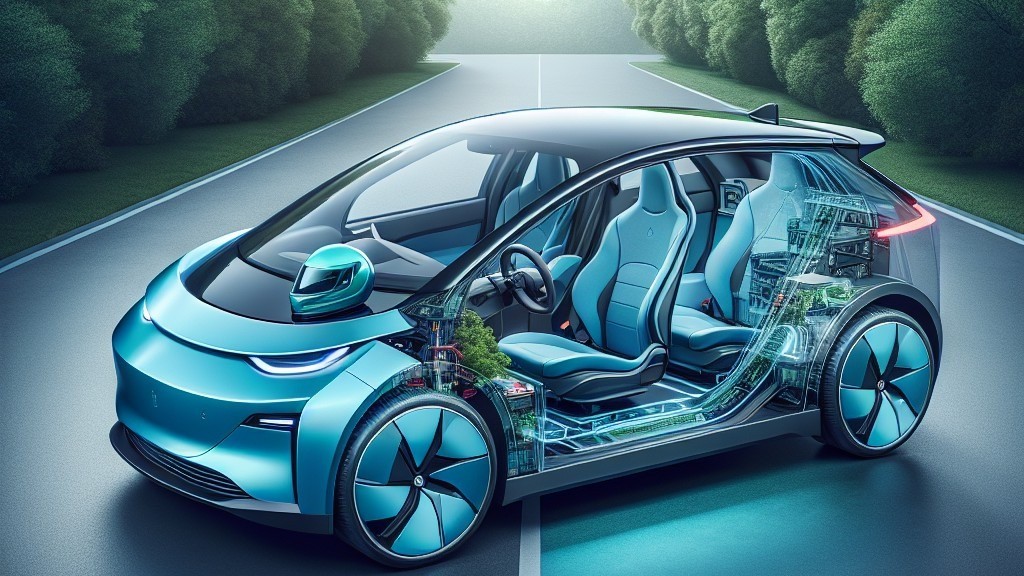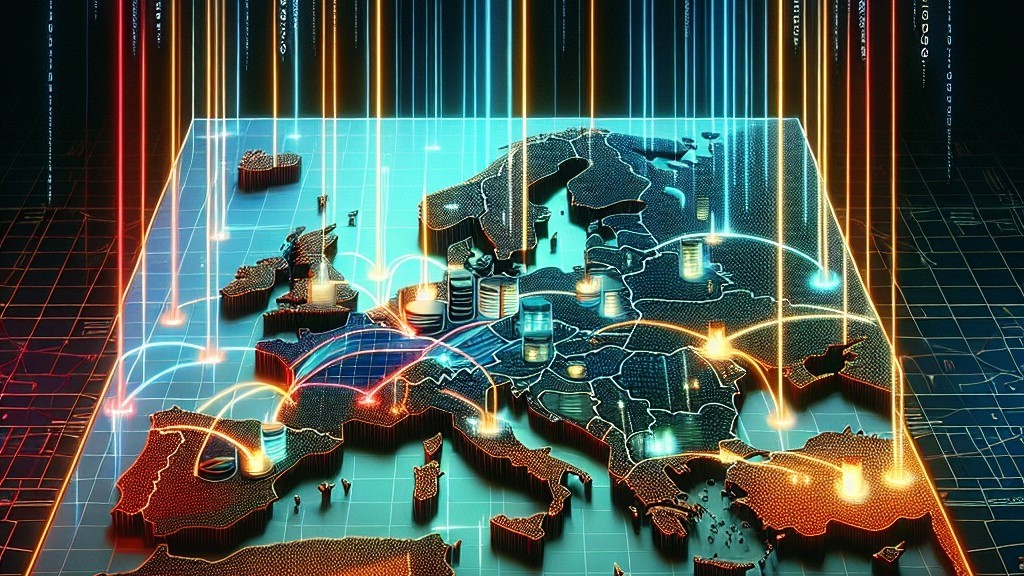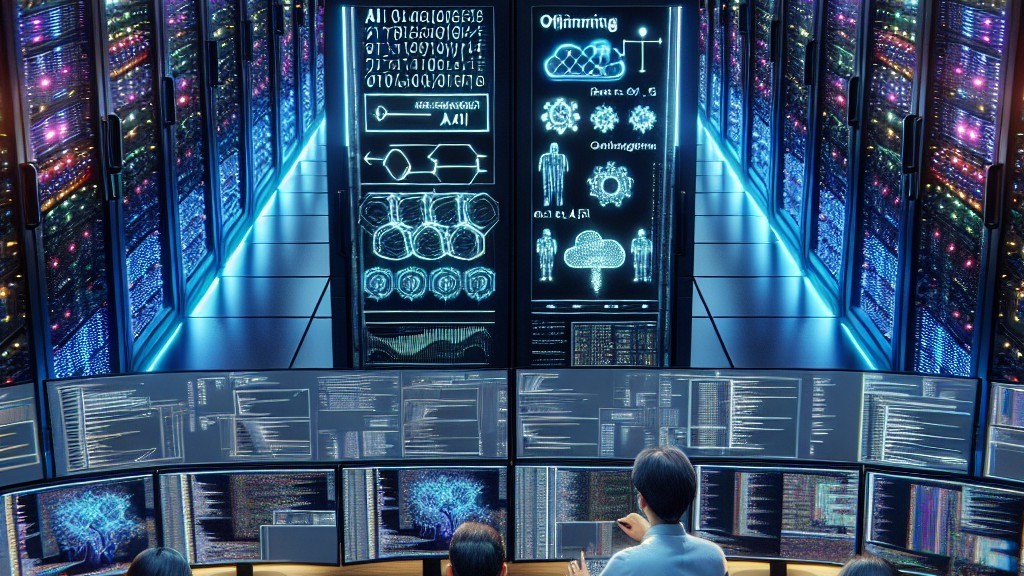
The Myth of Cloud-First—And the Reality of Repatriation.
For nearly a decade, businesses have been sold the idea of “cloud-first” as a golden ticket—unlimited scale, lower costs, effortless agility. But let’s be frank: that narrative wore thin a while ago. Now we’re seeing a smarter reality take shape—cloud repatriation: organizations moving workloads back from public cloud to colocation, private cloud, or on-prem infrastructure.
These Numbers Are Real—and Humbling
- A recent Barclays CIO survey found 83% of enterprise CIOs plan to repatriate at least some workloads in 2024, up from just 43% in late 2020. Read the coverage here: (https://www.eetimes.eu/cloud-repatriation-on-the-rise-83-of-cios-plan-workload-shifts-in-2024)
- IDC echoes that 80% of companies expect some repatriation of compute and storage within the next year (https://www.eetimes.eu/cloud-repatriation-on-the-rise-83-of-cios-plan-workload-shifts-in-2024).
- Other studies report similar trends: CIOs citing spiraling costs, compliance hassles, and performance concerns as drivers (https://thinkon.com/resources/the-cloud-repatriation-shift).
Still, let’s be clear: only about 8–9% of companies are planning a full repatriation. Most are just selectively bringing back specific workloads—not abandoning the cloud entirely. (https://newsletter.cote.io/p/that-which-never-moved-can-never)
Why Colo and On-Prem Are Winning Minds
Here’s where the ideology meets reality:
1. Predictable Cost Over Hyperscaler Surprise Billing
Public cloud is flexible—but also notorious for runaway bills. Unplanned spikes, data transfer fees, idle provisioning—it all adds up. Colo or owned servers require upfront investment, sure—but deliver stable, predictable costs. Barclays noted that spending on private cloud is leveling or even increasing in areas like storage and communications (https://www.channelnomics.com/insights/breaking-down-the-83-public-cloud-repatriation-number and https://8198920.fs1.hubspotusercontent-na1.net/hubfs/8198920/Barclays_Cio_Survey_2024-1.pdf).
2. Performance, Control, Sovereignty
Sensitive workloads—especially in finance, healthcare, or regulated industries—need tighter oversight. Colocation gives firms direct control over hardware, data residency, and networking. Latency-sensitive applications perform better when they’re not six hops away in someone else’s cloud (https://www.hcltech.com/blogs/the-rise-of-cloud-repatriation-is-the-cloud-losing-its-shine and https://thinkon.com/resources/the-cloud-repatriation-shift).
3. Hybrid Is the Smarter Default
The trend isn’t cloud vs. colo. It’s cloud + colo + private infrastructure—choosing the right tool for the workload. That’s been the path of Dropbox, 37signals, Ahrefs, Backblaze, and others (https://www.unbyte.de/en/2025/05/15/cloud-repatriation-2025-why-more-and-more-companies-are-going-back-to-their-own-data-center).
Case Studies That Talk Dollars
- Dropbox’s “Magic Pocket”: Between 2015 and 2016, Dropbox shifted 90% of its 600 PB of customer data from AWS to its own datacenters. The payoff? Almost $75 million saved over two years in operational costs (https://www.datacenterknowledge.com/cloud/dropbox-s-reverse-migration-from-cloud-to-own-data-centers-five-years-on).
- 37signals (makers of Basecamp and Hey): The cloud honeymoon ended when they realized “renting computers is (mostly) a bad deal” for stable workloads. By shifting to Dell hardware in a colo, they’re slated to save $7 million over five years (https://www.datacenterdynamics.com/en/analysis/cloud-repatriation-and-the-death-of-cloud-only).
- Ahrefs and Backblaze: Ahrefs spent ~$60 million building its own infra rather than paying AWS over time. Backblaze runs its own data centers to keep pricing sharp (https://www.unbyte.de/en/2025/05/15/cloud-repatriation-2025-why-more-and-more-companies-are-going-back-to-their-own-data-center).
Let’s Be Brutally Honest: Public Cloud Isn’t a Unicorn Factory Anymore
Remember those “cloud-first unicorn” fantasies? They’re wearing off fast. Here’s the cold truth:
- Cloud costs remain opaque and can bite hard.
- Security controls and compliance on public clouds are increasingly murky and expensive.
- Vendor lock-in and lack of control can stifle agility, not enhance it.
- Real innovation—especially at scale—often comes from owning your infrastructure, not renting someone else’s.
What’s Your Infrastructure Strategy, Really?
Here’s a practical playbook:
- Question the hype. Challenge claims about mythical cloud savings.
- Audit actual workloads. Which ones are predictable? Latency-sensitive? Sensitive data?
- Favor colo for the dependable, crucial, predictable. Use public cloud for seasonal, experimental, or bursty workloads.
- Lock down governance. Owning hardware helps you own data control.
- Watch your margins. Infra doesn’t have to be sexy—it just needs to pay off.
The Final Thought
Cloud repatriation is real—and overdue. And that’s not a sign of retreat; it’s a sign of maturity. Forward-thinking companies are ditching dreamy catchphrases like “cloud unicorns” and opting for rational hybrids—colocation, private infrastructure, and only selective cloud. It may not be glamorous, but it’s strategic, sovereign, and smart.
Subscribe & Share now if you are building, operating, and investing in the digital infrastructure of tomorrow.
#CloudRepatriation #HybridCloud #DataCenters #Colocation #PrivateCloud #CloudStrategy #CloudCosts #Infrastructure #ITStrategy #DigitalSovereignty #CloudEconomics #ServerRentals #EdgeComputing #TechLeadership #CloudMigration #OnPrem #MultiCloud #ITInfrastructure #CloudSecurity #CloudReality



